
Learning new skills can sometimes feel like you're stuck in a maze without a map. But imagine having a guide that not only shows you the way but also tweaks the path as you go, all based on how you learn best. That's where AI-powered learning paths come in. Did you know that people who use structured learning paths are 60% more likely to hit their educational targets? In this 30-day guide, we'll explore how AI customizes learning experiences to boost your educational journey. We'll start with laying a strong foundation in the first week, then move on to building habits, applying what you learn, and keeping the momentum going. This guide is your key to mastering learning paths. Let's see how AI can change the way you learn, making each step more effective and engaging.
Step-by-Step Guide to Mastering Learning Paths with AI Support
Define Learning Goals for AI Mastery
Identify AI Objectives and Skills to Focus On
Before diving into learning, it's crucial to understand what you want to achieve. Consider your career goals or project needs to determine which AI skills are essential. For instance, if you're pursuing a career in data science, focus on machine learning, natural language processing, or computer vision.
Knowing your objectives helps you craft a learning plan aligned with your goals and keeps you motivated. If you're working on an AI-based project, you'll need to learn programming languages like Python, use libraries such as TensorFlow, and develop project management skills. For those transitioning to an AI career, courses on AI fundamentals, data science, and specific applications can be highly beneficial. Tailoring your learning path to fit your career or project needs accelerates your learning and enhances your job performance.
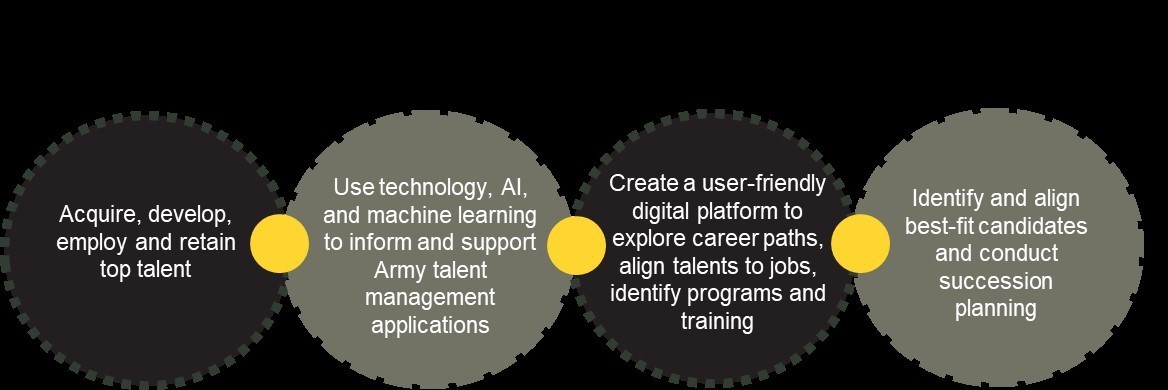
Choose or Design Your Learning Pathway
Select or Customize a Learning Path
When setting up a learning path, you can either choose a ready-made one from platforms like Coursera or Udemy or create your own. These platforms offer comprehensive courses, saving you time. However, if your goals are unique, consider crafting your own path by sourcing resources and organizing them logically.
Whether you use a predefined path or create one yourself, ensure it aligns with your learning goals and thoroughly covers the topics. Start with the basics, such as algorithms and data structures, before progressing to advanced subjects like deep learning. This approach helps build a strong foundation and prevents knowledge gaps. For example, understanding linear algebra and calculus is crucial before tackling machine learning models. This method ensures a smooth and thorough learning experience.
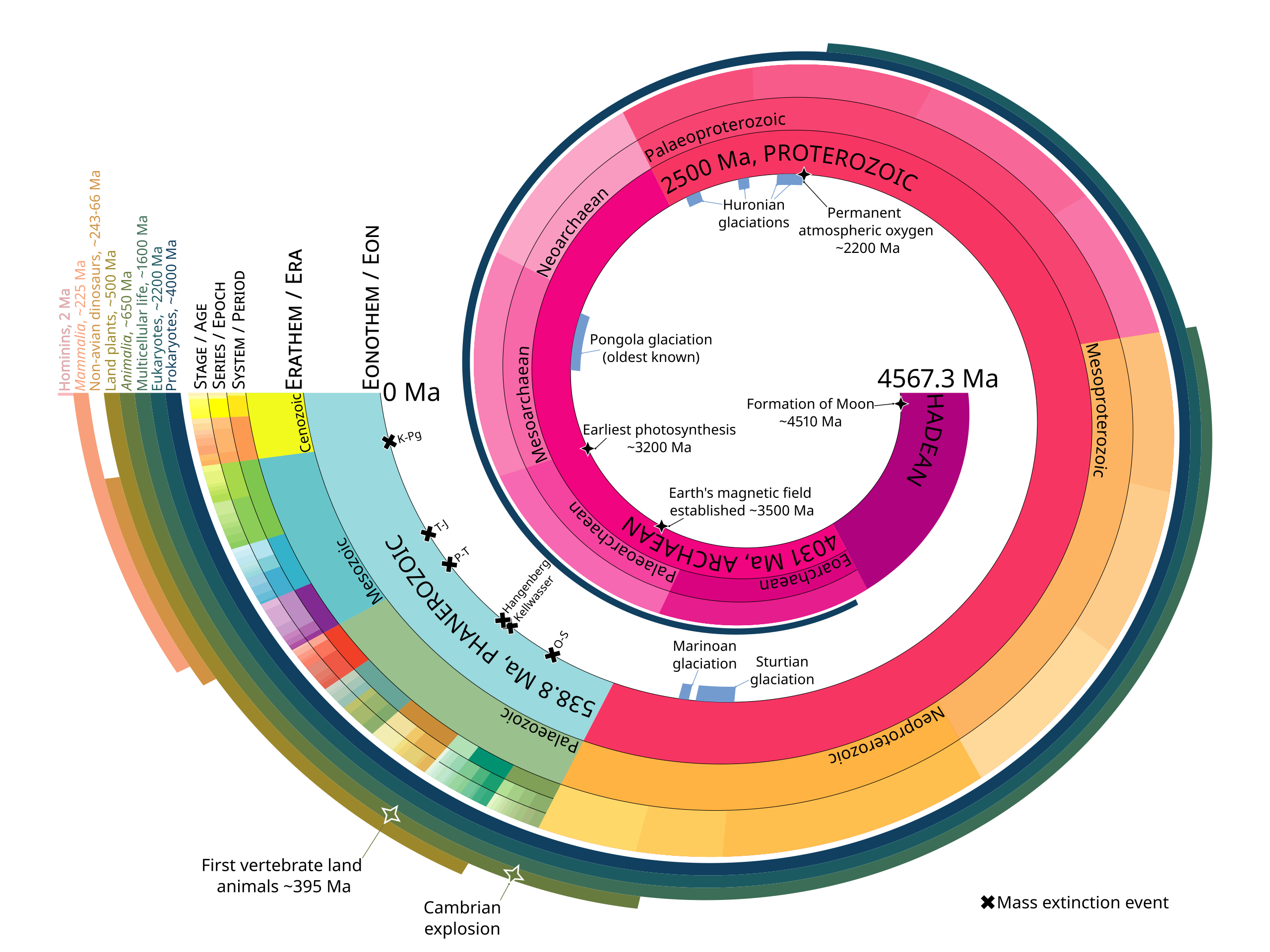
Week 1: Setting the Foundation for Success in Learning Paths
Day 1-2: Identifying Learning Path Requirements
Conduct a Training Needs Analysis for Learning Paths
Start by performing a training needs analysis. This step is crucial as it identifies the gap between your current knowledge and what you need to learn. By understanding what learners already know, their preferences, and their goals, you can design a personalized and efficient learning path. This approach helps in breaking down content into manageable bits that match the learner's readiness.

For example, a company might survey employees to pinpoint areas needing improvement before setting up a custom AI learning path to address those gaps.
Day 3-4: Selecting Effective AI Tools for Learning
Choose Adaptive AI Tools for Personalized Learning
Once you know your training needs, it's time to select AI tools that personalize learning. These tools should adjust content delivery and pacing based on learner performance and preferences. The right tools will adapt, allowing quick learners to progress faster while providing extra help to those who need it.
Good AI tools should also come with resources like:
- Courses
- Tutorials
- Practice exercises
These resources make learning smoother and can accelerate the journey to proficiency by fine-tuning learning activities.
Day 5-7: Designing a Personalized Learning Path
Develop a Tailored Learning Journey for Success
Create a personalized learning path that guides learners from their current level to their desired outcome. Tailor the journey to fit individual strengths, learning styles, and goals. This approach allows for pacing and content delivery that suits each person.

Break down complex topics into easy-to-digest pieces to keep learners engaged and clear-headed. Adjust the complexity and speed of the content for both beginners and advanced learners. This customization can reduce the time to become job-ready by 30 to 50%.
Week 2: Building Habits and Routines for Effective Learning Paths
Day 8-10: Establishing Daily Learning Habits for Success
Understanding the Habit Loop in Learning Paths
To develop effective learning habits, leverage the habit loop: cue, routine, and reward. This framework helps in seamlessly integrating new learning activities into your daily life.
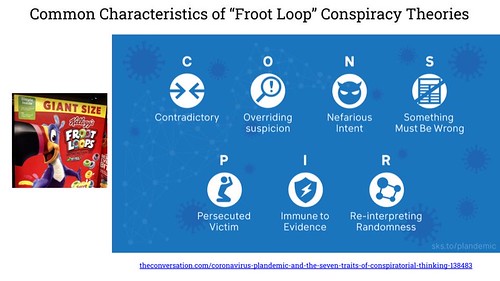
Habit Stacking Techniques for Learning Paths
- Tie new activities to existing routines: For example, read a chapter of a book after dinner or review your notes with your morning coffee.
- Incorporate learning into existing habits: Spend 10 minutes on a learning module right after brushing your teeth.
Setting Clear Triggers for Learning Path Success
Establish specific cues, such as designated times or places, to make learning an automatic part of your day. This strategy helps reinforce the habit loop.
Tracking Progress in Learning Paths
Utilize journals or apps to monitor your progress. Keeping track of your achievements not only motivates you but also highlights areas of improvement.
Embracing a Growth Mindset for Learning Paths
View setbacks as opportunities for growth. Remember, forming new habits can take anywhere from 18 to 254 days. Persistence is key.
Day 11-14: Integrating AI into Learning Path Workflows
Implementing AI with Habit Stacking in Learning Paths
Incorporate AI into your daily tasks using habit stacking:
- Example: Have an AI assistant summarize your emails right after you read them.

Creating Cues and Rewards for AI in Learning Paths
Set up reminders for using AI tools at specific times or during particular tasks. Reward yourself after utilizing AI to strengthen the habit.
Monitoring Productivity with AI in Learning Paths
Regularly assess how AI enhances your productivity. This evaluation keeps you motivated and helps refine your approach.
Cultivating Patience and a Growth Mindset with AI
Adopting AI into your routine requires time and practice. Approach any resistance as an opportunity to adjust and improve.
AI tools, such as chatbots and AI-powered personal assistants, can simplify tasks, enabling you to work smarter and foster innovation.
Week 3: Practical Application and Skill Development
Day 15-17: Interactive Learning Formats for Effective Learning Paths
Incorporate Game-Like Elements
Enhance your learning experience by adding game-like elements. Think of it as unlocking new levels each time you complete a stage. This approach not only keeps you motivated but also provides a sense of progress and achievement.
Take Charge of Your Learning
Interactive formats empower you to take control of your learning journey. Select modules or certifications that align with your interests or career goals. This allows you to learn at your own pace and in a manner that suits you best.
Design Progressive Learning Paths
Craft learning paths that increase in difficulty over time. This strategy ensures that your learning remains engaging and challenges you to build upon your existing knowledge.
Diverse Content Types
Incorporate a variety of content types such as quizzes, simulations, and real-world scenarios. This active participation reinforces your learning and solidifies your understanding.
Day 18-21: Project-Based Learning in Learning Paths
Simulate Real-World Tasks
Develop learning paths that include projects mirroring real-world tasks. This practical application of skills enhances your ability to perform in real-life situations.
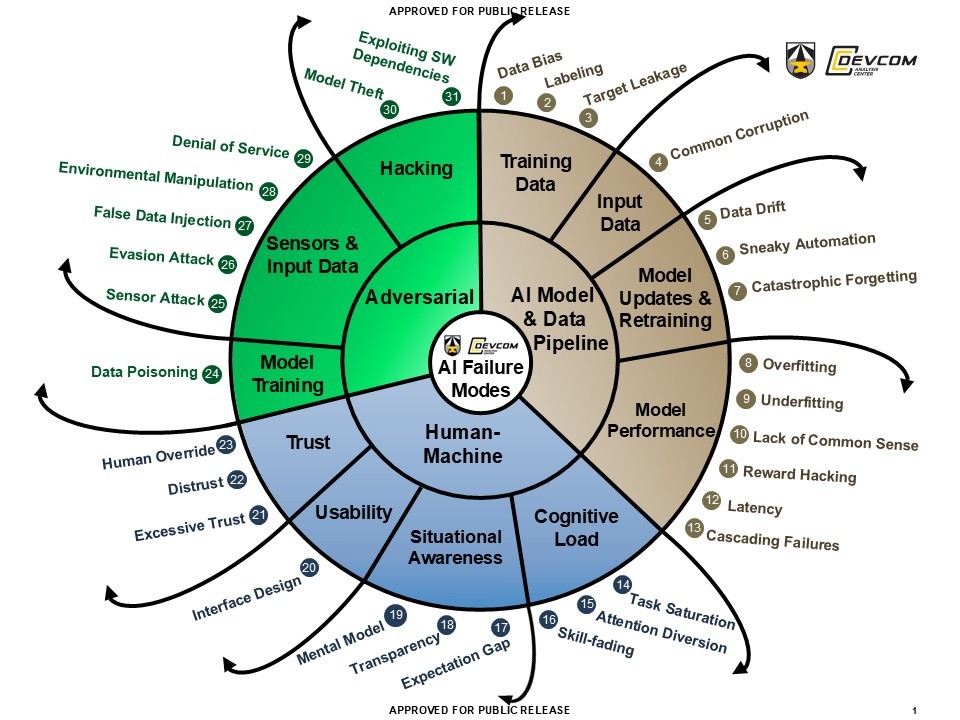
Align Learning Paths with Career Growth
Ensure that your learning paths are aligned with job roles and career progression. By doing so, the skills you acquire will directly contribute to improving your work performance.
Foster Team Learning through Collaborative Projects
Encourage collaborative learning through shared projects. This not only boosts teamwork but also enhances problem-solving skills.
Motivation through Milestones in Learning Paths
Achieving milestones or earning certifications within these learning paths can serve as motivation to complete projects and apply your newfound knowledge.
For structured guidance and skill enhancement, explore learning paths.
Week 4: Monitoring Progress and Continuous Improvement in Learning Paths
Day 22-24: Utilizing AI Analytics for Learning Path Insights
Monitoring learner progress is crucial for identifying areas where they might need assistance and ensuring their learning aligns with both their personal goals and organizational needs. AI analytics tools provide real-time insights into learner engagement, course completion rates, and performance scores. This data allows for the refinement of the learning experience to enhance its effectiveness.
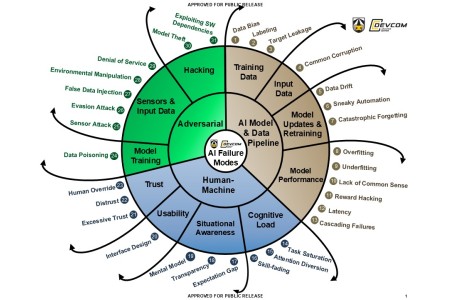
With AI, personalized recommendations can be offered to learners, adapting as they progress. Moreover, AI can identify learning obstacles early, enabling timely intervention with coaching or additional support. Continuous data collection ensures that content remains current, reducing the need for frequent updates.
Day 25-28: Enhancing Learning Paths with Self-Checks and Feedback
Encouraging learners to perform regular self-assessments helps them recognize their strengths and areas for improvement, fostering a sense of responsibility for their learning journey. Feedback from peers, mentors, and AI tools enhances motivation and facilitates skill development.
Effective feedback should be clear and actionable, offering practical advice for improvement. By combining self-assessment with feedback, learning paths can be tailored to meet individual needs. Incorporating coaching and mentoring further aids learners in applying feedback and developing skills in real-world contexts.

Day 29-30: Refining Learning Paths for Optimal Outcomes
Periodic evaluation of learning paths ensures they remain relevant and aligned with both learner progress and organizational objectives. This involves updating content, modifying activities, and integrating new resources such as advanced modules or refresher courses.
Utilizing analytics and feedback helps identify gaps or outdated content, supporting continuous improvement. Incorporating spaced repetition and practice enhances long-term retention. Promoting a culture of continuous learning with leadership support and accessible resources ensures that learning paths evolve alongside industry changes and learner needs.
AI analytics tools
Feedback loops
Continuous improvement strategies
FAQs About Mastering Learning Paths with AI Support
Integrating AI into Daily Workflow for Effective Learning Paths
To make AI a part of your daily routine, begin by automating tasks such as scheduling, filtering emails, and entering data. This approach not only saves time but also reduces mistakes. Utilize AI assistants and chatbots to manage reminders, set priorities, and quickly access information during your workday.
Explore AI analytics to derive insights from data, aiding in faster and smarter decision-making. Enhance your productivity with AI tools designed for content creation, like drafting emails, writing reports, or summarizing documents. Additionally, consider AI learning platforms that suggest content and learning paths tailored to help you stay updated with skills relevant to your work.
Top AI Tools for Beginners to Master Learning Paths in 30 Days
- Conversational AI Tools: Start with tools like ChatGPT for tasks such as drafting, brainstorming, and coding assistance.
- AI Project Management: Explore tools like Trello with AI add-ons or Monday.com to streamline and automate your workflows.
- AI Note-taking and Summarizing: Use apps like Notion AI or Otter.ai to easily capture and process information.
- Data Visualization and Analysis: If you are interested in data, try beginner-friendly tools with AI features like Microsoft Power BI or Google Data Studio.
- AI-driven Learning Platforms: Platforms such as Coursera or Udemy can recommend courses and learning paths that align with your goals.
Mastery Paths vs. Traditional Learning Paths: Key Differences
Mastery Paths leverage adaptive learning technology to customize learning activities based on your progress and what you've mastered. Unlike traditional paths that follow a strict sequence, Mastery Paths allow you to bypass familiar content or receive additional support where necessary. This method emphasizes mastering skills before advancing, thereby accelerating learning.
With AI and data analytics, Mastery Paths provide ongoing assessments and dynamic content, contrasting with the fixed structure of traditional paths. This personalized approach enhances the effectiveness and engagement of the learning experience.